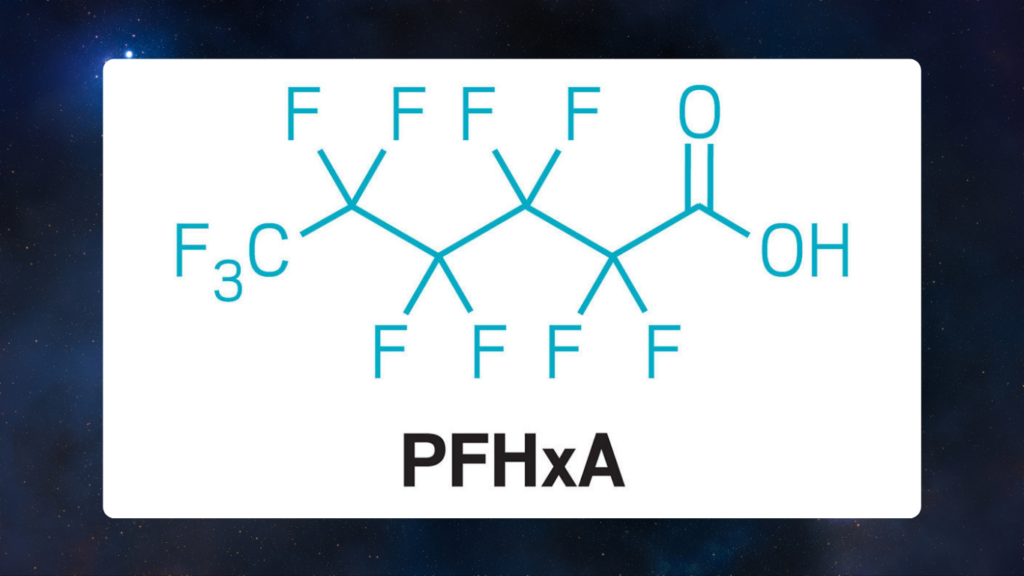Recent findings have brought attention to the presence of high levels of toxic ‘forever chemicals,’ known as PFAS (per- and polyfluoroalkyl substances), in smartwatch bands from leading brands. These chemicals are infamous for their durability in the environment and their ability to accumulate in the human body over time, earning them the nickname ‘forever chemicals.’
High PFAS Levels Found in Smartwatch Bands
A study published in Environmental Science & Technology Letters has uncovered alarmingly high levels of a specific forever chemical, perfluorohexanoic acid (PFHxA), in fluoroelastomer smartwatch bands. Researchers analyzed 22 bands across various brands and price points, discovering that those marketed for “sports and fitness” had the highest concentrations of PFHxA.
Key Insights from the Study:
- Fluoroelastomer bands allow PFHxA to be absorbed through the skin, especially during exercise when sweat and open pores increase exposure.
- PFHxA was easily extracted from the bands, highlighting its potential to leach during regular use.
- Graham F. Peaslee, the study’s lead author and a physicist at the University of Notre Dame, expressed surprise at the findings. “This was the first time we found only one PFAS at such high levels, much more than what we typically detect in consumer products,” he said in an interview with Salon.
What Are PFAS and Why Are They Dangerous?
PFAS are commonly found in everyday products due to their water-resistant, non-stick, and durable properties. Items like non-stick cookware, water-repellent clothing, carpets, food packaging, and now smartwatch bands often contain these chemicals. Their persistence in nature leads to contamination of water, soil, and food chains.
Health risks associated with PFAS exposure include:
- Higher chances of developing certain cancers
- Disruption of hormonal balance
- Weakened immunity
- Developmental delays in children
Why Are Fluoroelastomers So Common?
Fluoroelastomers are valued for their:

- Sweat and water resistance, making them ideal for sports.
- Durability in different environmental conditions.
Unfortunately, their widespread use may lead to prolonged exposure to hazardous chemicals like PFHxA, raising concerns about their safety.
What Does This Mean for Wearers?
Smartwatch bands made from fluoroelastomers are popular for their durability and resistance to water and sweat. However, these benefits may come at a cost to health, especially for active users who rely on these bands during fitness routines.
How to Stay Safe: Practical Steps
While the full health impact of PFAS in smartwatch bands remains under review, here are some steps users can take:
- Choose Alternative Materials: Look for bands made from stainless steel, leather, or silicone, which are less likely to contain harmful chemicals. Most brands provide material details online to help consumers make informed choices.
- Stay Informed: Encourage further research and stay updated on the health risks associated with fluoroelastomers.
- Advocate for Regulation: Push for stricter rules around the use of PFAS in consumer goods.
- Dispose Responsibly: Avoid discarding fluoroelastomer bands carelessly to prevent environmental contamination.
What Should Brands Do?
Manufacturers can address these concerns by:
- Developing safer, PFAS-free materials that maintain durability and water resistance.
- Clearly labeling the composition of their products.
- Investing in eco-friendly innovations for wearable technology.
Why This Matters
The discovery of toxic PFAS in smartwatch bands highlights a broader issue of harmful chemicals in everyday items. These substances pose significant risks to both human health and the environment. By raising awareness and advocating for change, we can encourage the adoption of safer alternatives in wearable technology and beyond.

Subtly charming pop culture geek. Amateur analyst. Freelance tv buff. Coffee lover
